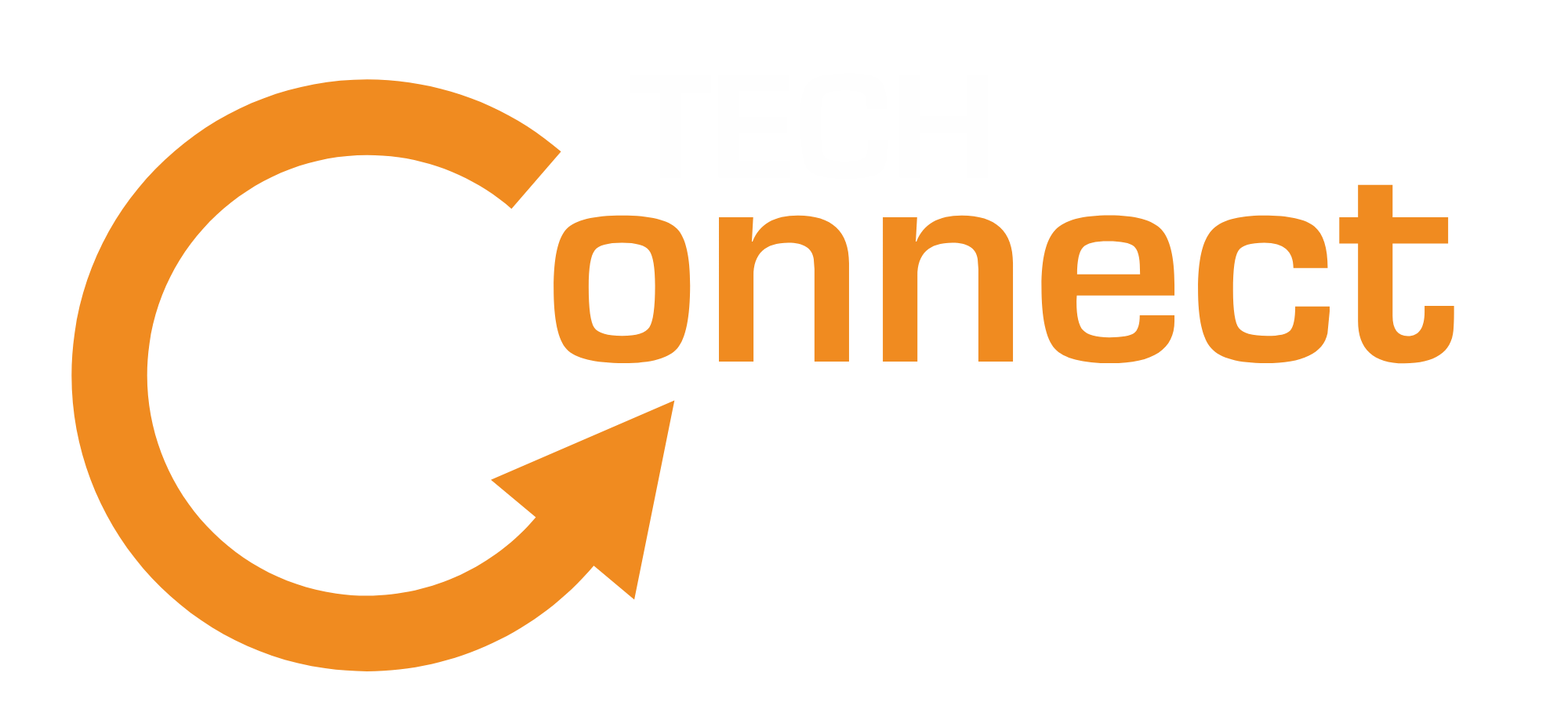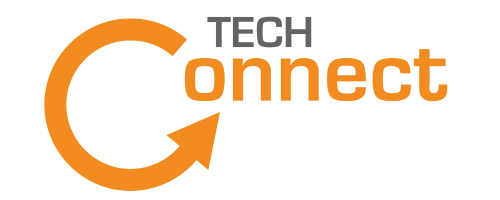
May 2, 2025
Last updated on 2 May 2025
The Future of Pharmacies
Blogs

October 27, 2023
Last updated on 22 April 2025
Why use a Partner for Cloud Services?
Blogs

August 8, 2023
Last updated on 15 April 2025
TechConnect honoured as the Best Place to Work for the second consecutive year
Blogs

May 25, 2023
Last updated on 15 April 2025
Leveraging Data Platforms for Better ESG Reporting and Sustainability
Blogs

May 15, 2023
Last updated on 22 April 2025
Unlock the Power of Data with TechConnect and GDPR Compliance
Blogs

February 27, 2023
Last updated on 22 April 2025
Achieving Success through Data-Driven Decision Making with the AWS D2E Program
Blogs

February 15, 2023
Last updated on 15 April 2025
Unleashing the Full Potential of AI through Cloud Migration
Blogs

September 19, 2022
Last updated on 15 April 2025
The Importance of Data in the Business World
Blogs

September 14, 2022
Last updated on 15 April 2025
Why should you migrate to the cloud?
Blogs

August 17, 2022
Last updated on 16 April 2025
Best Place to Work Awards 2022
Blogs

March 1, 2022
Last updated on 15 April 2025
Azure Access Control Management at Scale
Blogs

January 24, 2022
Last updated on 17 April 2025
Becoming a more Data-Driven Company
Blogs

December 13, 2021
Last updated on 22 April 2025
Digital Transformation and Smart Cities
Blogs

October 13, 2021
Last updated on 15 April 2025
New paid parental leave policy
Blogs

October 12, 2020
Last updated on 15 April 2025
Mobile and Game Performance Monitoring
Blogs

July 13, 2020
Last updated on 15 April 2025
Digital Transformation with Data
Blogs

November 21, 2019
Last updated on 16 April 2025
Creating a web-based ECG live stream
Blogs

October 15, 2019
Last updated on 17 April 2025
Five Mistakes to Avoid when Migrating to the Cloud
Blogs

September 9, 2019
Last updated on 15 April 2025
Artificial Intelligence and Machine Learning
Blogs





